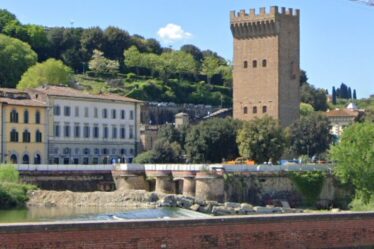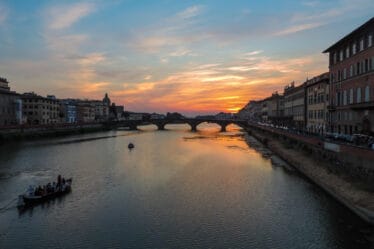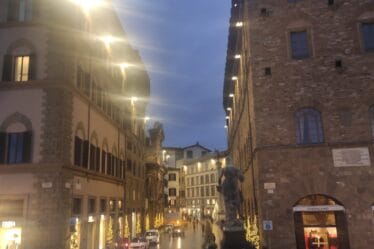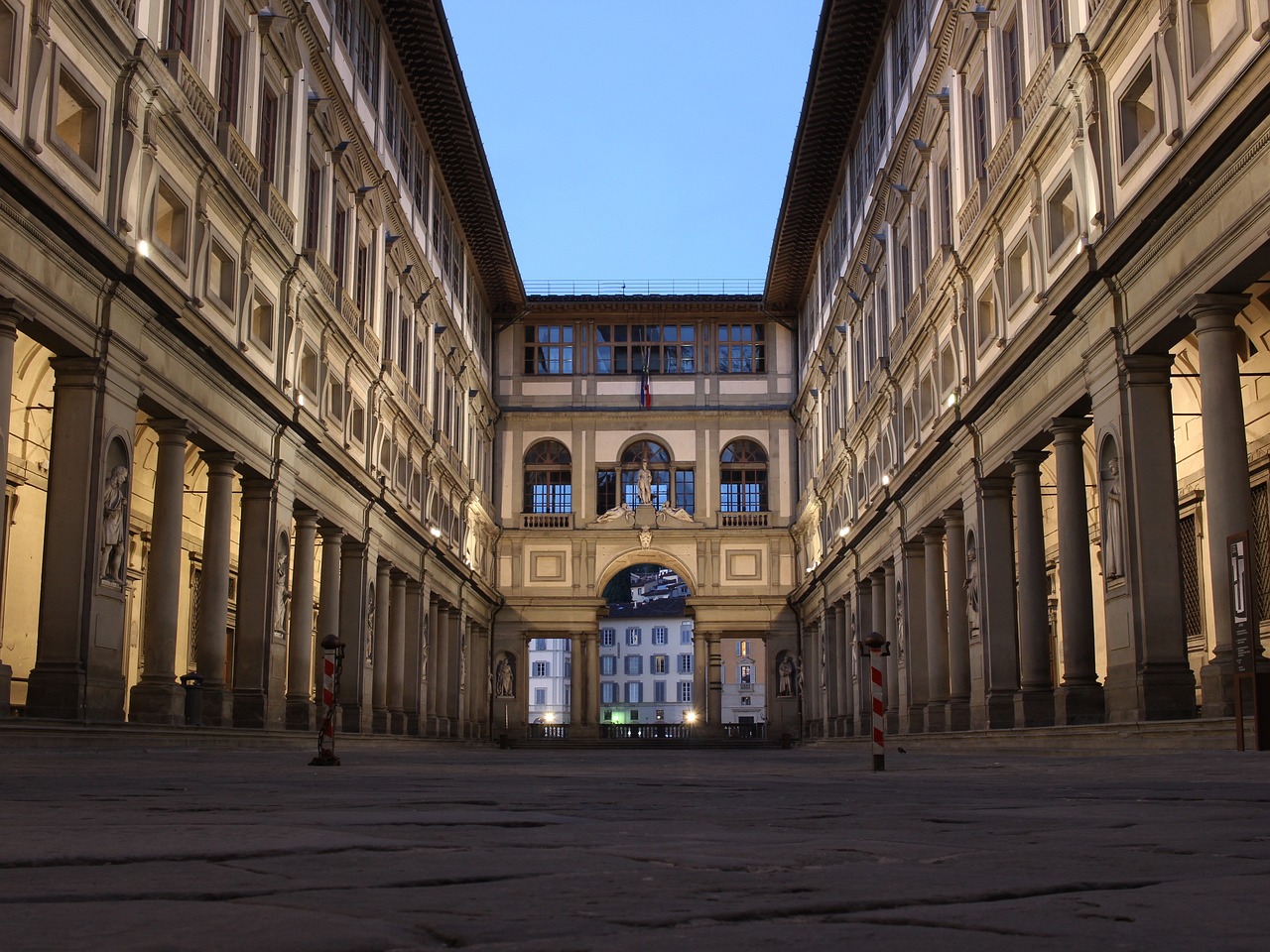
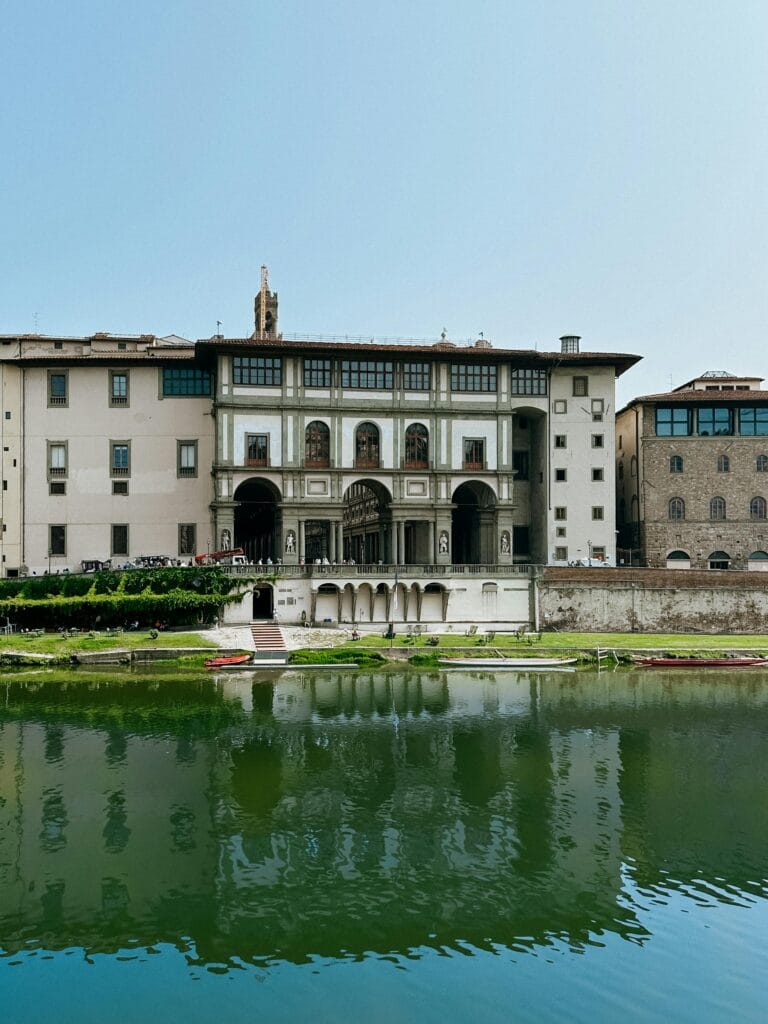
Introduction
In the heart of Florence, next to the Uffizi Gallery, lies a fascinating detail often overlooked by visitors: the Supplication Door Florence History. This architectural element, designed by Bernardo Buontalenti around 1580 under the will of Francesco I de’ Medici, offered ordinary citizens a direct channel to the ruling authority. The story of this small doorway blends architecture, politics, and social history in a unique way.
The Origins of the Supplication Door
Located on Via Lambertesca, the Supplication Door Florence History was not just a decorative portal. Buontalenti designed it with a small stone opening, a kind of mailbox carved into the wall. Here, citizens could drop their written requests—called suppliche (supplications)—which were then delivered to the Medici sovereign or his administration.
This system was revolutionary for its time. Indeed, even those without wealth, connections, or social rank had access to this form of communication. It was an early attempt to bridge the gap between the government and its people, giving a voice to those who might otherwise have been unheard.
Learn more about Bernardo Buontalenti
Architecture as a Voice of the People
The Supplication Door Florence History is more than a functional element. The carved frame around the stone slot still remains visible today, modest yet full of meaning. It represents the merging of architectural elegance with civic participation.
Moreover, this unique portal reminds us that Florence during the Renaissance was not only a city of art but also of experimentation in governance. By creating such access points, the Medici rulers maintained a carefully balanced relationship with the public.
A Symbol of Accessibility
What makes the Supplication Door Florence History truly remarkable is its democratic spirit. Anyone—rich or poor, known or unknown—could place a written plea into that small opening. Whether for justice, financial support, or personal concerns, the marble structure symbolically “listened” to the people.
This detail teaches us that even within the grandeur of Renaissance Florence, space was made for the voices of common citizens. Today, while the door leads to the museum’s ticket office, its symbolic role as a channel of communication remains alive in the city’s memory.
Conclusion
The Supplication Door Florence History is not just an architectural curiosity but a reminder of how power and people interacted during the Renaissance. Next time you visit the Uffizi, take a moment to notice this discreet detail in Via Lambertesca. It is a testament to a time when architecture served both authority and society—when even stone walls could become a messenger.

